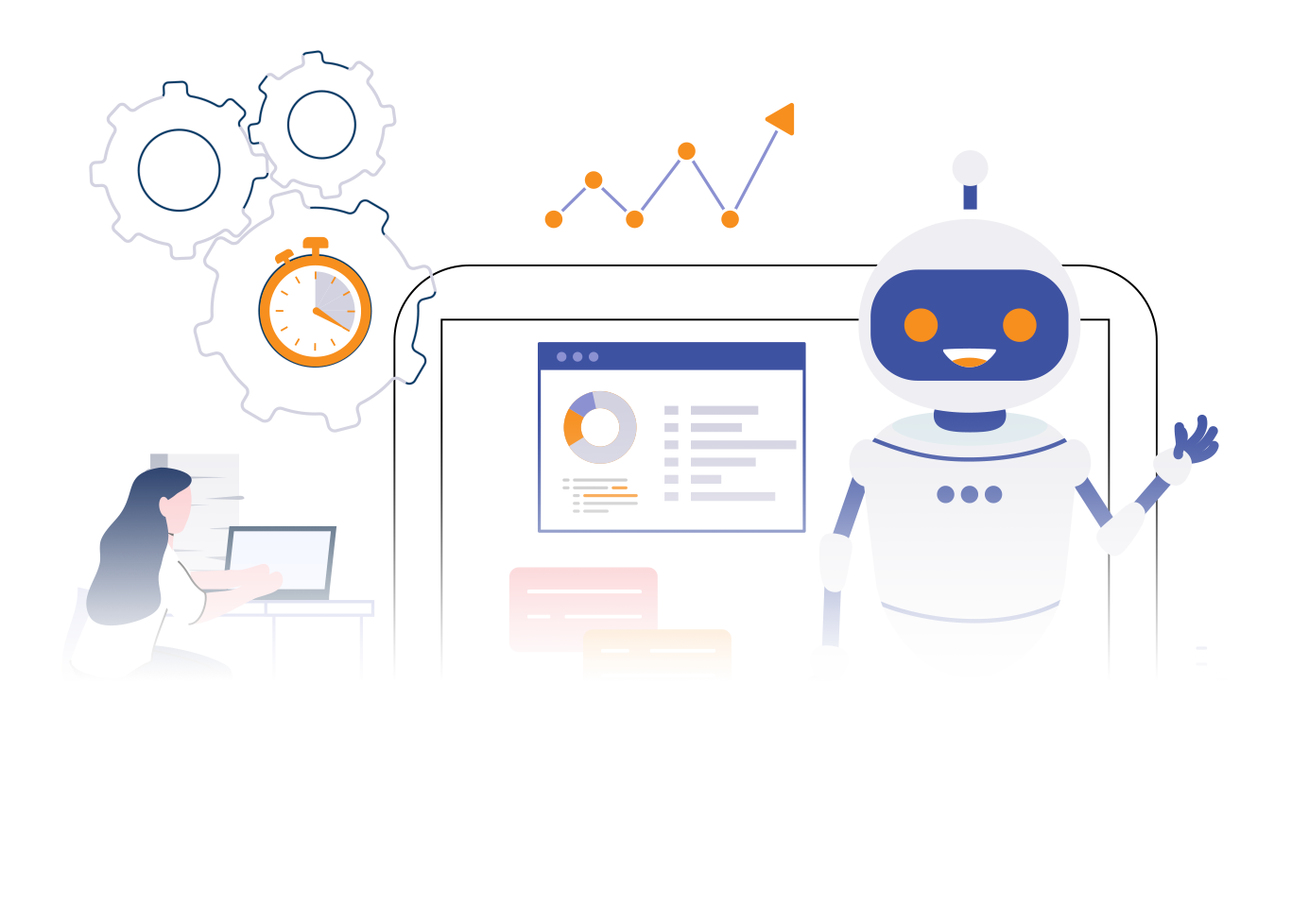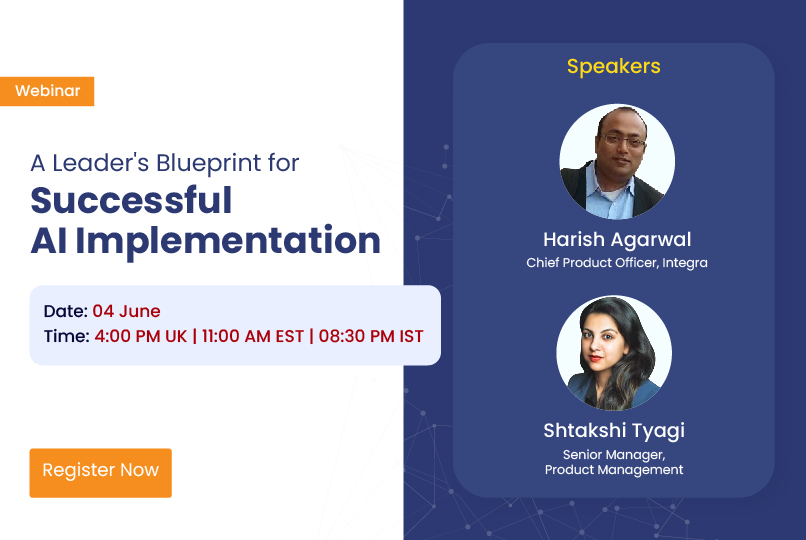Month: June 2024
AI Agents: The Future of Business Automation and Innovation
Artificial intelligence (AI) has transitioned from a futuristic idea to a practical tool that businesses leverage for growth and efficiency. A key aspect of this technological progress is the ability for companies of all sizes to develop AI agents.
Defining AI Agents
AI agents, or intelligent agents, are autonomous entities that perceive their environment, reason, learn and take actions to fulfill their designated purpose. These agents, powered by machine learning algorithms, make decisions based on processed data.
In business contexts, AI agents can be chatbots interacting with customers, recommendation systems personalizing user experiences, or predictive models aiding decision-making. The potential for innovation with AI agents is vast.
While autonomous agents are still in their early stages of development, large language model (LLM)-based AI applications have gained significant traction among users and businesses. These frameworks have made AI adoption more accessible and practical for a wider range of organizations.
Importance of AI Agents in Business
AI agents and/or LLM-based applications are becoming essential in modern business due to their ability to automate repetitive tasks, analyze large data volumes and provide personalized services.
Key benefits include:
- Task Automation: They handle multiple tasks simultaneously, improving operational efficiency and reducing human workload.
- Predictive Analysis: AI agents analyze patterns and predict trends, offering valuable insights for strategic decisions.
- Enhanced User Experience: For both customer service and employee engagement, AI agents provide personalized recommendations, instant query responses and consistent service quality.
- 24/7 Operation: AI agents function without fatigue, providing consistent service around the clock.
As the benefits of AI agents become more apparent, businesses are exploring ways to implementing AI agents into their operations.
Implementing AI Agents
Implementing AI agents in a business environment is a strategic process that requires careful planning and execution. The process involves several steps, including identifying business needs, integrating AI agents with existing systems and training AI models.
Identifying Business Needs
- Identify specific needs, objectives and challenges where AI can offer the most benefit. This involves a thorough understanding of the company’s goals and areas ripe for AI-driven improvement.
- Establish clear goals for AI agents and consider scalability for future growth. Design agents to adapt to changing business needs, ensuring they remain relevant and effective as the organization evolves.
Data Pipelines and Fine-tuning
- For AI agents, gather diverse, relevant data representing potential scenarios. For LLM applications, curate high-quality text data or leverage pre-trained models. In both cases, ensure comprehensive coverage of use cases.
- For AI agents, feed processed data into algorithms, monitoring learning progress. For LLMs, fine-tune pre-trained models on specific tasks or domains, adjusting for desired outputs and performance.
- Iterate and adjust both AI agents and LLMs, tweaking parameters or reassessing data. For LLMs, this may involve prompt engineering and careful calibration of model responses for accuracy and relevance.
Developing the Application
- Design the application interface and integrate the trained AI agent or fine-tuned LLM. Ensure seamless interaction between the model and other system components. Many low-code/no-code AI agent development platforms, such as Quixl, now help organizations quickly initiate AI application development.
- Implement safeguards, including content filtering for LLMs, and thorough testing to ensure the application meets performance, safety and ethical standards before deployment.

Integration with Existing Systems
- Ensure AI agents can interact effectively with current infrastructure, software and databases. This may involve data conversion processes to enable seamless communication between AI systems and existing platforms.
- Prioritize data compatibility, user-friendly interfaces and robust security measures. Implement AI agents that comply with data protection regulations and feature strong safeguards against potential breaches or unauthorized access.
The process of building AI agents is complex and requires careful planning and execution. However, with the right approach, AI agents can be a powerful tool for business growth and success. You can learn more about implementing AI agents in our article on implementing AI agents.
Challenges and Considerations
Despite the benefits, implementing AI agents involves challenges, primarily related to data privacy and security and ongoing monitoring and maintenance.
- Data Privacy and Security: Companies must handle data responsibly, complying with regulations like GDPR and implementing robust security measures to protect against breaches and cyber-attacks.
- Monitoring and Maintenance: Regular monitoring and maintenance ensure AI agents function correctly and adapt to changes. This includes retraining models with new data, updating systems and ensuring ethical behavior.
Future of Intelligent Automation with AI
Advancements in machine learning, natural language processing and quantum computing are enhancing AI capabilities. Edge computing is also emerging, improving efficiency by processing data closer to its source. Furthermore, building AI agents is becoming simpler due to the increasing number of AI agent development platforms that don’t require business users to have technical expertise.
AI agents have significant potential to revolutionize various industries:
- Healthcare: AI agents can assist in diagnosing diseases, predicting patient outcomes and personalizing treatment plans. They can also streamline administrative tasks, enhancing efficiency.
- Retail: AI agents can personalize customer experiences, manage inventory and drive predictive analytics. They can also automate routine tasks, enabling staff to focus on more strategic activities.
- Finance: AI agents can enhance risk assessment, detect fraud, automate customer service and drive data-driven decision making.
- Manufacturing: AI agents can optimize production processes, improve quality control and enhance supply chain management.
This indeed is just the beginning. As technology evolves, AI agents will continue to find new applications across sectors, driving innovation and growth. Staying updated with technological advancements and understanding their potential applications will enable businesses to harness AI agents’ benefits fully.


